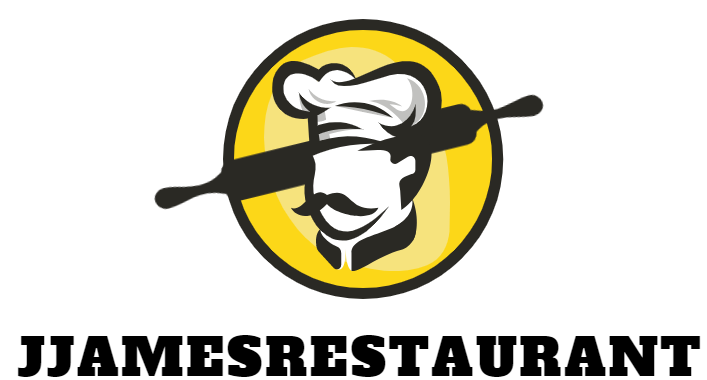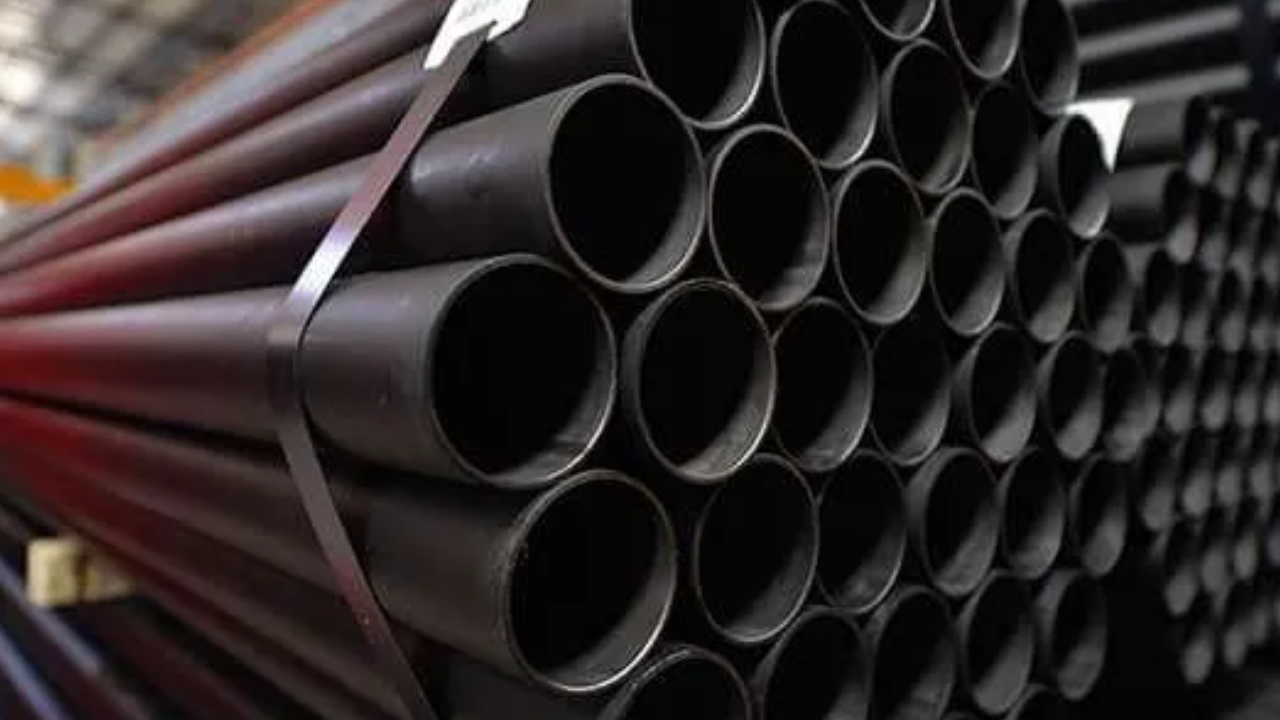The size of steel square tubes significantly impacts their cost-effectiveness, making it an essential thought in both manufacturing and application. Cost-effectiveness is decided by a combination of variables counting the material utilized, generation handle, transportation, and the particular needs of the extend.
The estimate of the tubing plays a basic part in balancing these variables. By understanding how measure influences cost and execution, Square Tube– Carbon Steel Square Tubes Size, engineers and producers can make educated choices to optimize their ventures.
Adjusting Material Costs and Auxiliary Productivity in Steel Square Tubes
Adjusting material costs and basic proficiency in steel square tubes includes selecting the proper estimate for the application. Larger tubes, even though more costly upfront, offer predominant quality and decrease the requirement for fortifications. Littler tubes are cost-effective for lighter applications but may require extra materials for auxiliary support.
Material Costs and Proficiency
The cost-effectiveness of steel square tubes begins with the crude materials. Steel is generally estimated by weight, so bigger tubes require more material, expanding the beginning cost. However, the relationship between measure and material productivity is more complex than a basic straight increment.
For smaller square tubes, less material is utilized, making them less costly to create. They are perfect for applications where stack prerequisites are negligible and where fabric investment funds are prioritized. In any case, smaller tubes may not give the basic astuteness required for certain ventures, meaning they seem to require fortification or extra materials to meet security and execution measures, which can refute initial fetched savings.
On the other hand, bigger square tubes offer better basic execution, frequently decreasing the requirement for additional supports or fortifications. Even though they require more fabric, they can be more cost-effective in applications where quality is significant, such as in development or overwhelming apparatus. The bigger measure permits these tubes to disperse drive more equally, which can lower long-term support and substitution costs.
Production Costs and Efficiency
The measure of steel square tubes also affects generation costs, especially within the manufacturing process. Larger tubes require more modern apparatus and more labor-intensive forms. The welding, cutting, and forming of larger tubes request more vitality and time, raising generation costs. In differentiation, smaller tubes can be manufactured with less vitality and simpler apparatus, decreasing production costs and, thus, the final cost.
However, bigger steel square tubes advantage from economies of scale in certain scenarios. For illustration, when creating a large volume of tubing for a particular venture, the settled costs of generation can be spread over a greater number of units. This will bring down the fetched per unit, making bigger tubes more cost-effective in bulk generation.
Also, the sort of steel utilized in generation affects the cost. Higher grades of steel that are more durable and safe from erosion, such as stainless steel, are more costly. Choosing the right estimate in combination with a suitable steel review can offer assistance to strike an adjustment between forthright costs and long-term savings.
Transportation and Coordination’s
The estimate of steel square tubes essentially impacts transportation costs. Bigger tubes take up more space, meaning fewer units can be transported at one time. This increments the number of shipments required and includes the general cost. Transportation logistics are particularly imperative when managing universal shipping, where cargo costs can be a noteworthy parcel of the total cost.
Then again, smaller square tubes are simpler to transport and can be dispatched in bigger amounts, reducing general transportation costs. This makes them more cost-effective for ventures found distant from manufacturing offices or in remote zones where transport costs are higher.
That said, large-scale projects that require considerable sums of tubing might still discover bigger tubes more cost-effective despite higher transportation costs. This can be because fewer in general tubes are required to realize the specified auxiliary integrity, driving investment funds in taking care of, establishment, and labor costs.
Application-Specific Contemplations
The measure of steel square tubes must adjust with the particular prerequisites of an extension to guarantee cost-effectiveness. In basic applications, bigger tubes are regularly vital to meet load-bearing prerequisites, particularly in high-stress situations. For case, in development, bigger square tubes give the quality required to bolster overwhelming loads without the requirement for extra fortifications, which decreases general fabric costs.
For less requesting applications, smaller tubes are regularly the more cost-effective choice. For illustration, in furniture fabricating or small-scale manufacture, where loads are negligible and stylish contemplations are more critical, smaller square tubes give adequate quality without pointless cost.
In mechanical applications where space is restricted, such as in apparatus or channeling frameworks, smaller square tubes offer the adaptability required to fit into tight spaces while still giving satisfactory back. The capacity to utilize smaller tubes in these scenarios decreases fabric costs while maintaining vital execution benchmarks.
Long-Term Toughness and Support
The measure of steel square tubes also plays a part in long-term cost-effectiveness through their effect on durability and maintenance prerequisites. Bigger tubes generally offer superior resistance to wear and tear due to their thicker walls and more prominent load-bearing capacity. This can lead to diminished upkeep costs over the life of a structure or machine.
Smaller tubes, whereas at first more cost-effective, may require more visit substitution or support, especially in high-stress situations. Over time, these extra maintenance costs can rise, making the smaller, at first cheaper alternative less cost-effective in the long run.
Environmental and Maintainability Contemplations
The natural effect of steel generation is another calculation that impacts the cost-effectiveness of steel square tubes. Larger tubes require more crude materials and vitality to deliver, driving to the next carbon impression. However, their more prominent durability and lower upkeep needs can offset this introductory environmental cost by reducing the need for visit substitutions.
Smaller tubes, while requiring less material and vitality forthright, may contribute to higher natural costs over time in case they need to be supplanted more regularly. When supportability may be a need, choosing the correct estimate of steel square tube that equalizations material productivity with long-term execution can lead to a more naturally inviting and cost-effective arrangement.
Conclusion
The size of steel square tubes has a noteworthy effect on their cost-effectiveness, impacting fabric costs, generation forms, transportation coordination, and long-term maintenance. Smaller tubes offer introductory investment funds in fabric and transportation costs, making them reasonable for less requesting applications. Be that as it may, larger tubes give greater basic astuteness and strength, driving potential long-term reserve funds, especially in high-stress situations.


